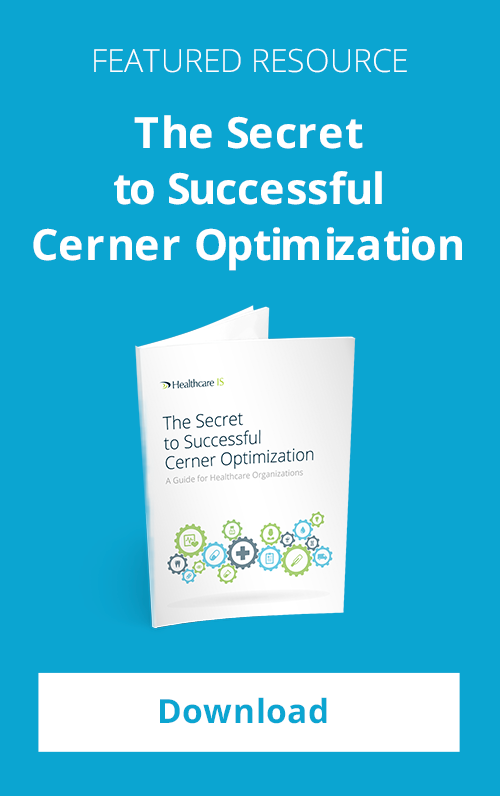CPOE has been changing the course of pharmacies and hospitals throughout the last decade, and this process has escalated in the past five years with the adoption of ACA standards calling for EHR implementation. CPOE, along with clinical decision support (CDS) systems can lead the way toward a future in which adverse drug events (ADEs) are significantly reduced.
Some hospitals have seen these benefits first hand, but many challenges still exist. Common CPOE issues range from the inability of clinicians to fully adopt new workflows to problems with system design that limit its effectiveness. Here are some tips for solving the most common CPOE issues.
Work With Users And Incorporate Their Feedback
The effectiveness of CPOE is directly linked to how well it is used by clinicians and pharmacy staff. In many recent studies, the biggest problems have been found with the clinician use of the system. In the past, errors often resulted from inaccurate transcription on the pharmacy side due to poor clinician handwriting or the lack of clinical decision support tools to identify drug-drug, drug-allergy, and therapeutic duplication.. Now, errors often come when the clinician uses the CPOE system, from inaccurate dosing for a patient’s circumstances or juxtaposition errors such as entering orders on the wrong patient.
In pharmacy, errors can also occur because of workflow shifting between tasks. Recent studies have indicated that it’s important to bring physicians and other clinicians, as well as pharmacists, on board with the CPOE development process. Many hospitals have already implemented some form of CPOE (according to The LeapFrog Group, 64% of all hospitals have at least 75% CPOE adoption), but further optimization based on feedback is the best way to reduce the rate of errors and make the system work better.
Training, of course, is an important part of this. Most clinicians were used to the paper-based system, so CPOE represents a significant change: more time, a very different workflow, and a perceived lack of autonomy. Emphasizing the benefits of CPOE in training and eliciting feedback throughout the process helps keep a dialogue with physicians and increases their adoption.
In cases where trust is broken due to significant problems with CPOE, it’s important to incorporate the feedback of clinicians and pharmacists, as well as an understanding of typical workflows, into the continued redevelopment of CPOE in order to improve its performance. In the end, the clinician’s flexibility with this technology goes a long way to reaching the system’s potential of drastically reduced errors and increased efficiency.
Ensure High-Quality System Design, Especially with Alert Settings
Related to this is the design of the system itself. Consultants and in-house IT teams must ensure the functionality of predefined order sets to allow for variations due to patient circumstances. Accordingly, if prescribing clinicians override defaults, then it must be clearly documented as to why the dose is out of range per the CDS parameters. As much as prescribing can be a science, some degree of flexibility based on clinician experience and judgment must be allowed.
Furthermore, the alert structure of the CDS system must be designed to make sure that alert fatigue does not occur. This syndrome is a result of excessive or even irrelevant alerts that cause clinicians to get into a mindset of ignoring them or quickly clicking through them during the ordering process. Alerts must occur at the appropriate time during the workflow and be actionable, informing a clinician of alternatives instead of just signaling something is a red flag. As mentioned above, working closely with clinicians and pharmacists can help improve the alert system and, along with this, overall CPOE and CDS functionality.
Integrate CPOE Effectively With EHR
In addition to improving end-user experience and working out the kinks with automated systems within CPOE, another area of focus is to improve coordination with EHR in order to get the full benefit out of CPOE and CDS. To do this requires the best possible technological integration between systems, allowing both clinicians and pharmacists to easily go back and forth between them. Such integration also allows CDS to draw on the EHR system in providing support and alerts to the physicians. In terms of the EHRs themselves, the use of pharmacy staff to help with patient intake and medication reconciliation can go a long way to ensuring that the data in the EHR – as it relates to pharmacy – is as accurate as possible. This improves the overall checks in the system and helps to eliminate errors.
CPOE and CDS are evolving systems and their potential is closely related to how well clinicians use them, how the systems themselves are designed, and the data that is connected to them. These fixes can go along way to increasing the value of your CPOE system.
While the transition isn't always easy, the changes happening in the pharmacy space are leading to a bright future. Download our "Pharmacist’s Perspective: Examining CPOE Future Challenges and Current Benefits" whitepaper for information.


Comments